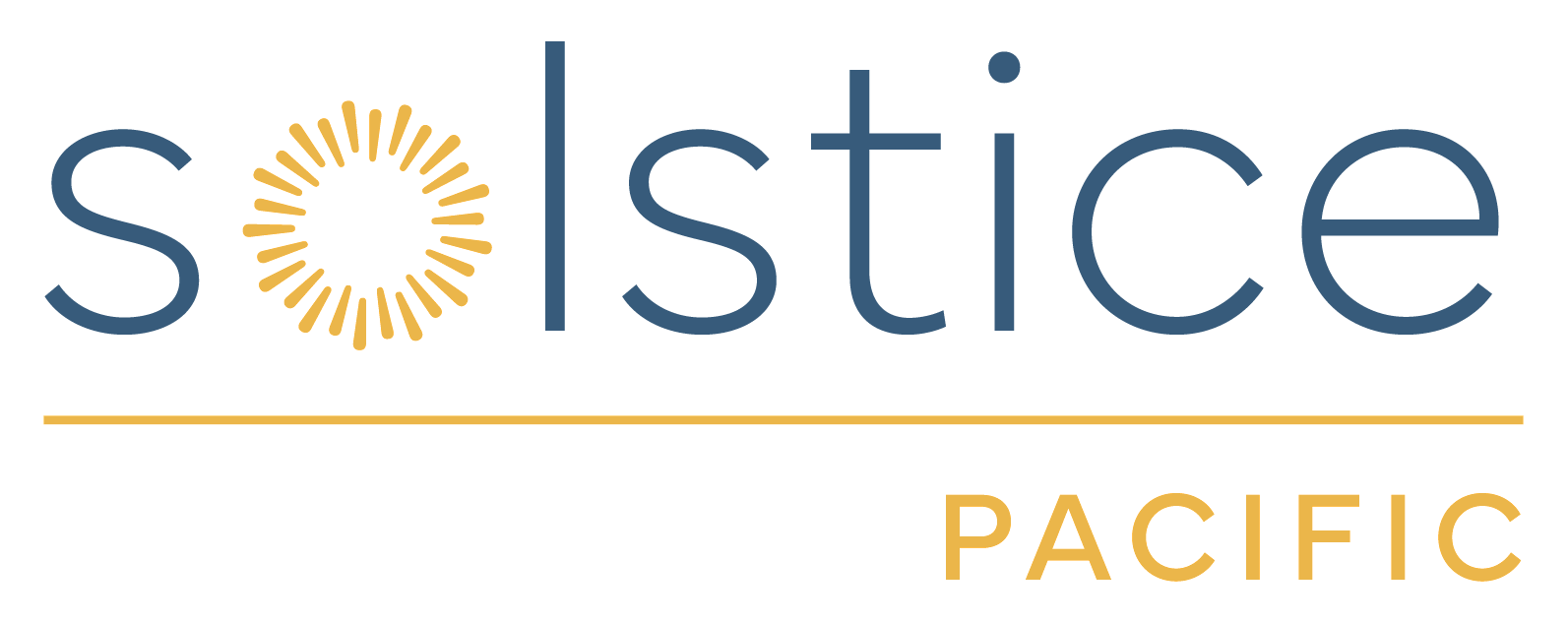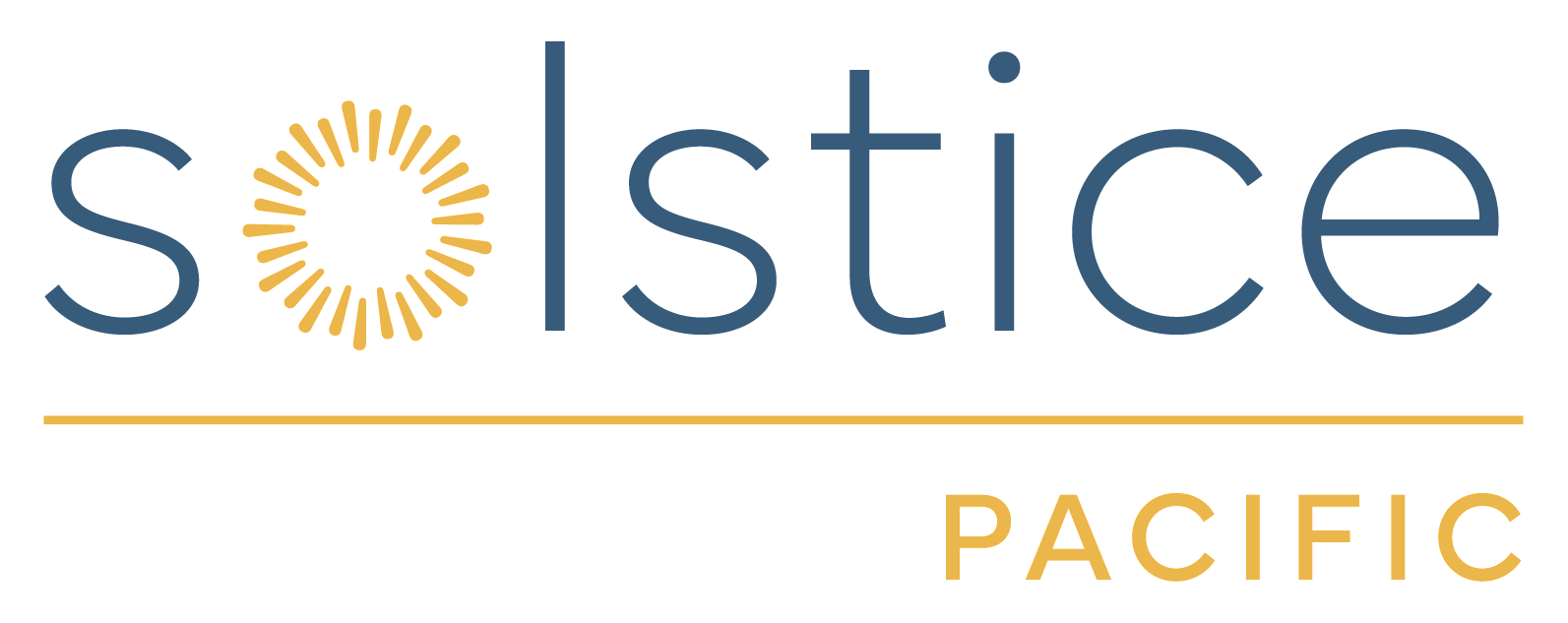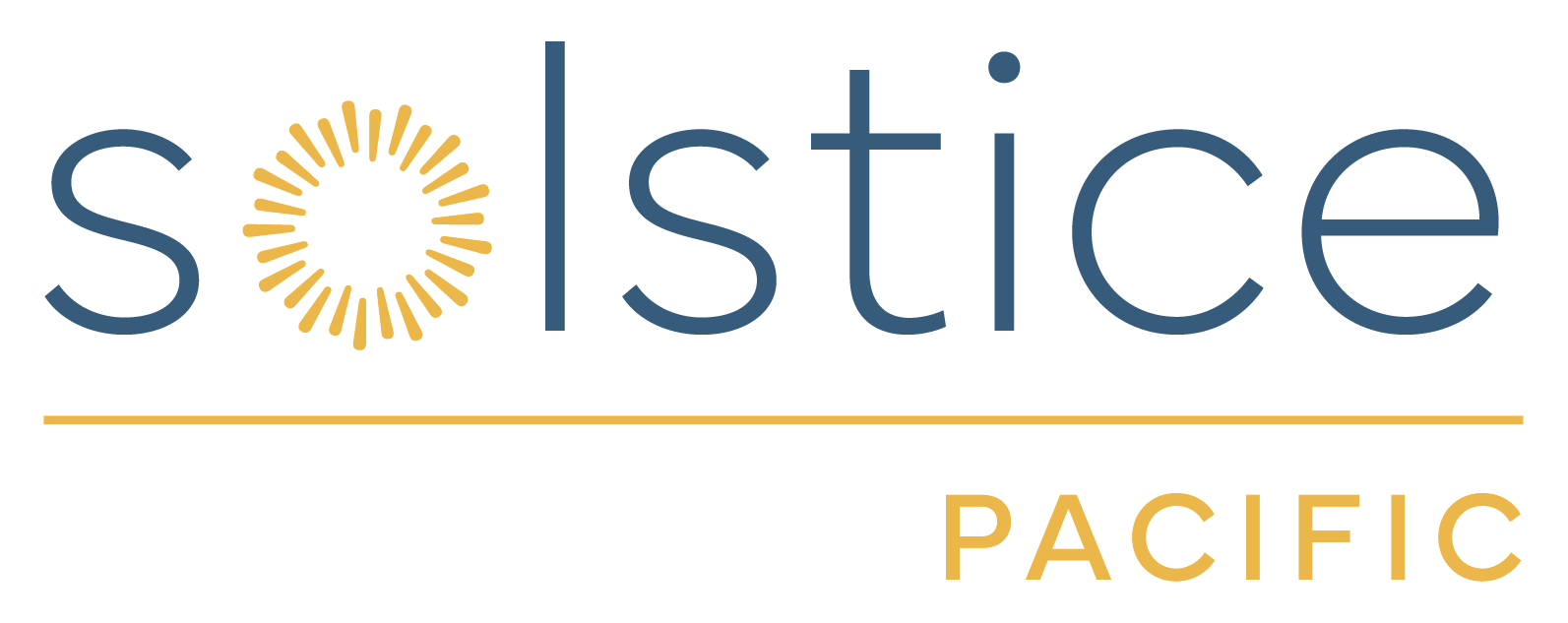If you’ve found yourself in the place where you know that you need more help and you’ve surrendered to the idea of treatment, you are also probably in a place where you want to experience relief quickly. It’s common for people to set an expectation for their treatment– “I’m going to be here for 3 weeks, I’m going to get well, and I’m going to go back to my normal life”. Unfortunately, that expectation is usually unrealistic.
When we’re experiencing the symptoms of a mental health disorder we often don’t know what needs to happen in order for us to get better but we know something has to change. What we’ve been doing hasn’t worked. And one of the first things we learn once we start treatment is that, while there may have been traumatic events or experiences that have caused distress, there is typically not one specific thing that we can blame for our current state. There are many things that impact our mental health, and many of the “bad” habits which need to be addressed have been a part of our lives for many years. So naturally, it takes time, not only for us to make the necessary changes to improve our mental health, but more importantly, to see results of these changes. And beyond that, change only sticks if it’s made over time and in phases.
There are two common scenarios that occur in the beginning of treatment:
1. A person begins treatment, makes a few minor changes to their schedule, medication, diet, etc., experiences some relief, and feels they are ready to go back to normal life.
The danger in this is the desire to leave treatment early (against what is clinically advised). When a patient decides to abort the treatment plan and leave early, they will almost always experience a relapse and come back to treatment.
2. A person begins treatment, makes a few changes to their schedule, medication, diet, etc., does not see the immediate results they want to see (or even feels worse), and loses faith in the process, trust in their providers, and begins to doubt their ability to get better.
The problem with this scenario is that this person hasn’t given themselves enough grace or time to experience relief. They are impatient and have unrealistic expectations of a healing timeline.
So what does realistic healing look like in the early stages of treatment?
Learning New Skills
You can’t just start speaking a new language fluently or pick up a golf club and par all 18 holes. Every skill takes time and practice. The same goes for skills learned in therapy. We can learn to self regulate with coping skills, but they must be practiced to be effective.
With coping skills, we must practice them regularly for them to work when we need them most. When we are in moments of distress, we have a default response– usually an unhealthy strategy to mitigate the anxiety or discomfort. The goal with learning new skills is for them to become our default overtime so that we respond to these moments in a healthier way.
Impact of Diet
It can take anywhere from a few weeks to a few months to experience results from changing your eating habits. This can be frustrating for someone who is making the effort to follow a new routine but not seeing or feeling any different.
Changing your diet can be very challenging and sometimes needs to be done gradually. For me, I needed to increase my food intake. I was used to eating 2 meals a day and the goal set by my dietitian was to eat 3 meals and 2 snacks. The reality was that I couldn’t immediately jump right in to eating this much food without discomfort. I wasn’t hungry enough to eat this much, but I forced myself to eat something 5 times a day– even if it was something small, it was something. After a few weeks, I noticed a shift, and suddenly I was hungry at the times when I had, in fact, scheduled a meal or snack. I became able to eat more food at each sitting. Then I started noticing more energy, less anxiety, and finally, weight gain (which was one of my goals). However, I didn’t see or feel these effects from my effort for about 2 months.
Whether it’s adding to, subtracting from, or simply changing your relationship with your diet, results of change take time.
Sleep
If you’re someone who goes to bed late at night or in the wee hours of the morning, it may seem unrealistic to suddenly go to sleep at 10pm – and it is. Changing a sleep pattern takes time and steps. When I first started treatment I went to bed between 12-2am every night. Sometimes 3am. I didn’t think there was anything wrong with this because I had been doing it for many years and I often felt productive at those hours and would get a lot of things done. However, we learn in treatment that our brain needs rest between the hours of 10pm and 2am. Failure to get those hours of sleep can result in disruption in circadian rhythm and anxiety. It made sense to me that our brains are like machines and they need time to cool off and recharge, but it didn't seem realistic for me to get in bed 4 hours earlier than I normally would.
The key to changing this type of sleep behavior is baby steps. First, I tried to move my bedtime back by 1 hour each week. Then once I got to 12am, I moved up my sleep time 30 mins each week. Soon I was able to fall asleep at 10:30pm and that was a time that worked well for me.
There may be some nights you fall asleep easily and sleep through the whole night and then there may be other nights that you struggle to fall asleep and wake up multiple times. Not every night will be perfect, but the goal is to focus on the improvement.
Talking About Tough Stuff
Topics will be addressed. Questions will be asked. Emotions will arise. Group discussions often make you think about things you’ve never considered and talk about things you never thought you’d share with other people— especially strangers. Therapy, whether in a group or individual setting, can be extremely uncomfortable at first, and the emotions that surface can be both unexpected and overwhelming.
The good news is this gets easier. You will learn to identify and feel your feelings in a productive way. You will grow in self-compassion and practice self-care. You will get comfortable with being uncomfortable.
Mood & Motivation
Some days you’ll wake up and feel like you could run a marathon and other days you may not even trust your ability to get out of bed. Fluctuation of mood and motivation is expected, especially in the early days of treatment. Treatment is hard, it’s exhausting, it makes you question everything. But every day that you show up and push through makes you stronger and more capable of doing it again the next day.
The important thing to remember is that healing is not linear, and your attitude toward your healing process, initially, may be impacted by unexpected setbacks and struggles. Your mood and your motivation won’t always be consistent, especially in the beginning. But remember, you’re taking the time to learn and do all the right things to improve and stabilize them. The important thing is to give yourself grace on the days when you struggle or fall short, and acknowledge and celebrate the times when you achieve the goals you set for yourself.
One last thing to consider: sometimes things can feel worse before they feel better. Healing can often feel like two steps forward and one step back. When you start treatment, you’re going outside of your comfort zone and essentially doing a complete overhaul of your lifestyle. This is an incredibly bold endeavor. Healing is a process; it’s a journey. Having reasonable expectations of yourself (and others) will be essential to your success. Give treatment the space and time it deserves to have a lasting impact on your life.







